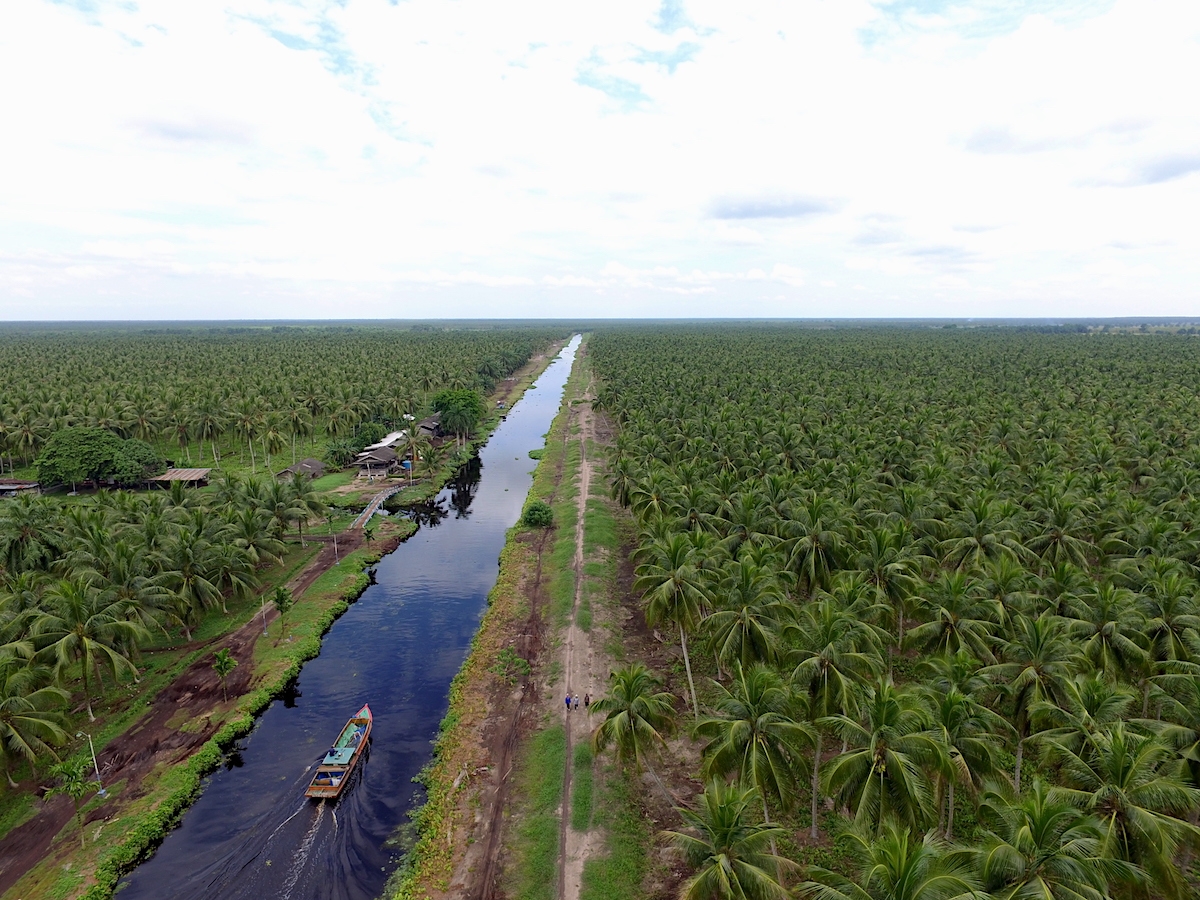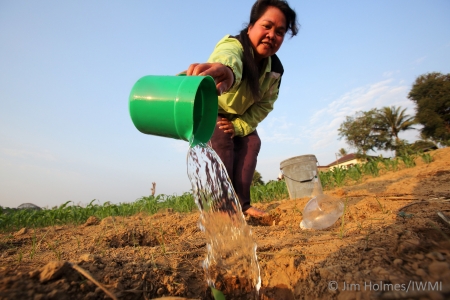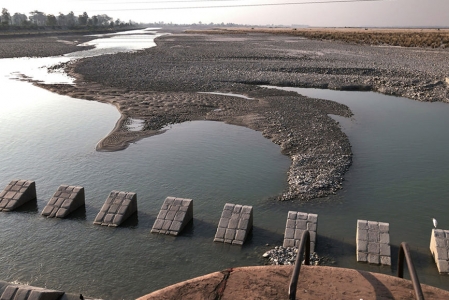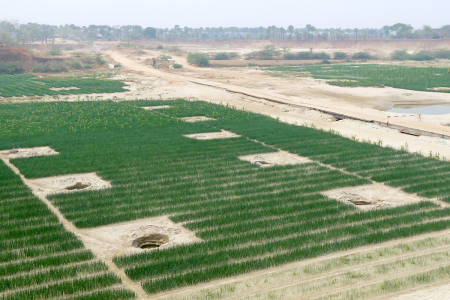Due to El Niño events, the rainfall pattern in Indonesia has changed. During the dry season, rainfall is reduced causing severe drought. And when this kind of drought occurs, we usually face severe land and forest fires. The smog from the fires affects not only the country, but also spreads across the region. When the dry season of 2019 ended, around 1.65 million hectares had been burned. This is a slight decrease compared to fires in 2015, where 2.6 million hectares were burned.
I was born and raised in Kalimantan, the Borneo part of Indonesia. From 2016 to 2019, I had the opportunity to work in West Kalimantan engaged in conservation work on Gunung Palung National Park. I clearly remember that in September 2019, I had to wear an N95 mask for every outdoor activity. The thick smoke from the fire mass, mostly from the peatland, came with the wind to the populated areas. At that time, around one million people were diagnosed with an acute respiratory infection.
Peatland fire increases global emissions, where damaged peatlands have contributed to around 10% of greenhouse gas emissions from the land use sector - a worrying sign for the future of peatland ecosystems. Peatland is often associated with unsustainable use resulting in fire, haze, smoke, and huge amounts of carbon emission. Indeed, in the recurrent fires in Indonesia, most of the burned area was drained peatland which was vulnerable to fire because of its dry organic material. This perception also leads to opposition against food estates in Central Kalimantan.
Peatland is an accumulation of organic matter that serves as carbon stock in its natural flooded condition. It is categorized as suboptimal land, which is naturally difficult for cultivation - but it can be made productive. Today, as more land is lost, it becomes more difficult to produce the amount of food needed to feed growing populations. Globally, 24.3 millions hectares of productive agriculture lands have been converted to urban areas, while 3 million hectares per year is lost due to soil degradation and erosion.
Towards sustainable peatland use
The urgency to pursue the sustainable use of peatland became a priority in Indonesia after the 2015 fires. The President created a new organization - the Peatland Restoration Agency - to focus on managing peatland. The main reason for unsustainability in peatland use is the practice of draining. In natural conditions, the peatland is wet, so it is less ideal for agriculture. Conventional preparation of peatland for agriculture purposes requires draining to provide oxygen to crops. Drained peatland with no water retention, accompanied by El Niño and purposive land burning, made land and forest fires inevitable.
Thus, the principle of sustainable peatland use relies on its integrated water management. Utilization without draining peatland makes the water content in peat above a critical limit (≥250%) which maintains the high soil moisture. For agriculture purposes, there are ranges of water level depth for the optimal growth of crops, i.e. oil palm is 60 cm, Acacia is 70 cm, and cassava/tapioca is 30 cm below the ground. The practice of draining peatland for agriculture preparation only lowers the water level without the ability to manage it - which makes the practice unsustainable. The lower the groundwater table in peatland, the higher the subsidence rate and carbon emissions. In peatland restoration, the use of dams is important to control the desirable water table level. In short, the water management system in peatland agriculture requires the ability to manage the water table for optimizing crop growth and preventing environmental degradation.
Integrated water management - the key?
To understand the implementation of integrated water management for sustainable peatland use, I got the opportunity to study a case in Pulau Burung, a district in Indragiri Hilir Regency, Riau Province. Since 1985, the area has been known as a coconut producer, where the local farmers grow their crops in peatland that is managed by a system known as Water Management Trinity (WMT). The word 'trinity' means that the system uses canals, dikes, and water gates to regulate the water in the area. The function of the canals is not to drain, but to store water and to support the transportation networks. The regulating function of WMT can prevent floods and preserve water during dry periods. Even when El Niño hits, the preservation of water lowers fire risk. In my research, the WMT in Pulau Burung also minimizes the subsidence rate up to 40% -70% and reduces carbon emission up to 80%, compared to other practices.

From the practices above, integrated water management systems in plantations like oil palm, acacia or rubber, show promising change to reduce carbon emissions between 60% - 70%. It remains to be seen how the relevant stakeholders, in particular the government, enforce the requirement for water management in every peatland use. It should be done hand in hand with land burning regulation. In the 2019 forest fires, one of the main causes was the burnung of land for cultivation purposes. On a smaller scale, traditional slash and burn by farmers also contributed. The already drained peatland soil made fire hard to extinguish as it smouldered below the surface.
Investment, policy and information is necessary
With proper water management, we can foster sustainable food production in peatland with minimum harm to the environment. Yet, establishing an integrated water management system requires large investment - far more expensive than digging canals and letting the water drain. However, this investment is necessary for long-term sustainability. Ideally, when prospective plans for peatland utilization fail to include an integrated water management system, the authority should decline the application. In the end, governance and clear policy plays an important role in peatland management.
Finally, all efforts for sustainable peatland management should support the local community. When the community understands the benefits, they can commit to safeguard peatlands. And its sustainable use will offer long-term livelihoods - if applied well. It can also change the perception that the use of peatland is not always bad, as long as the relevant actors implement and maintain the necessary sustainability measures.
---
This blog is a submission to Thrive by a non-CGIAR author and represents the opinions of the author only.
















